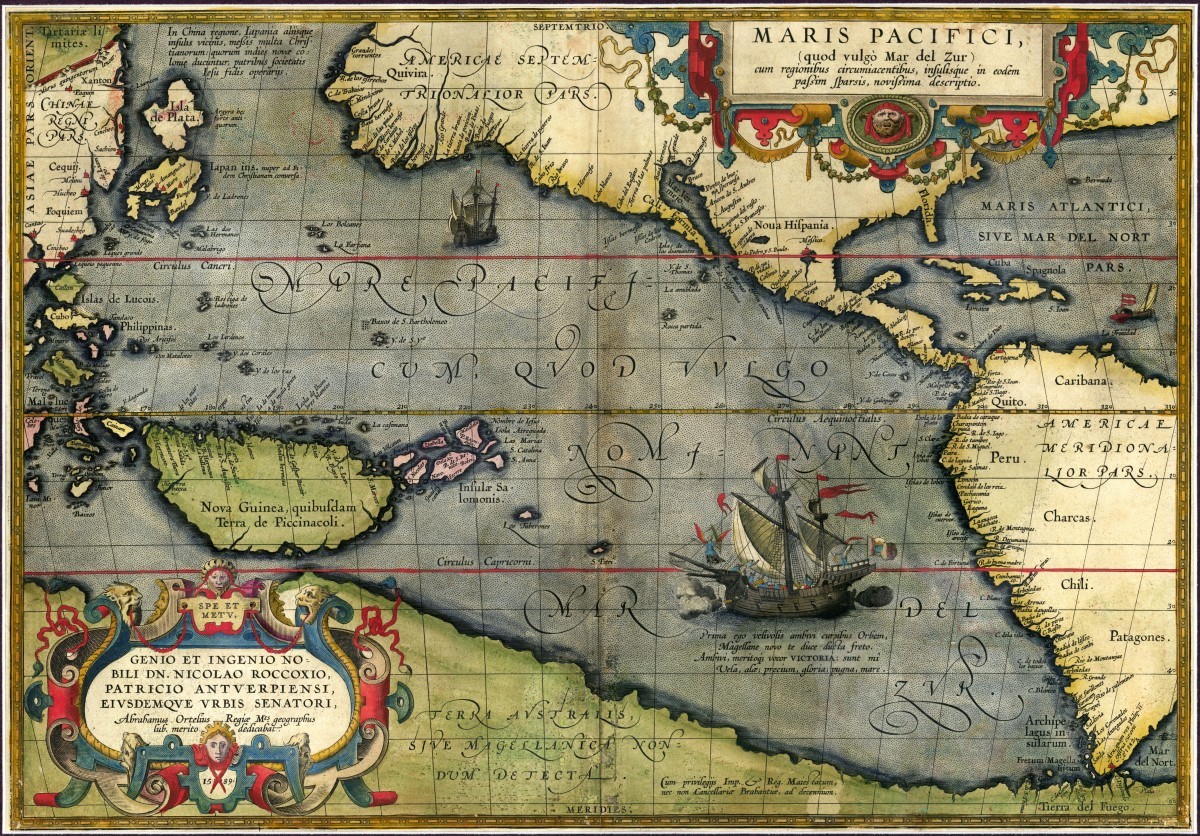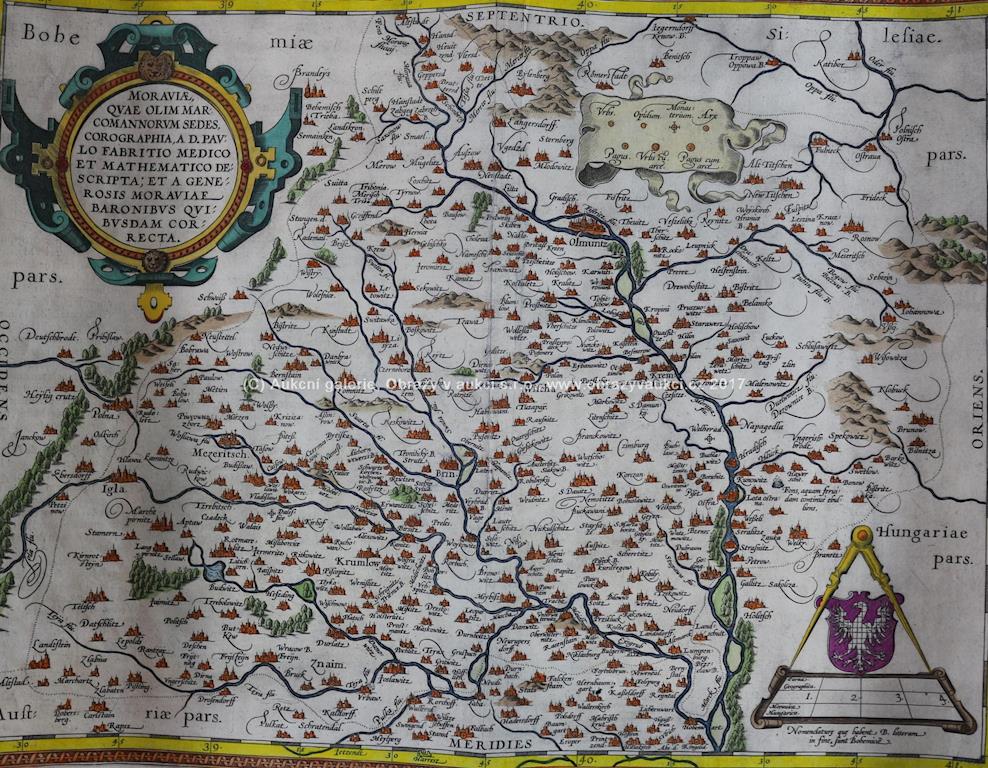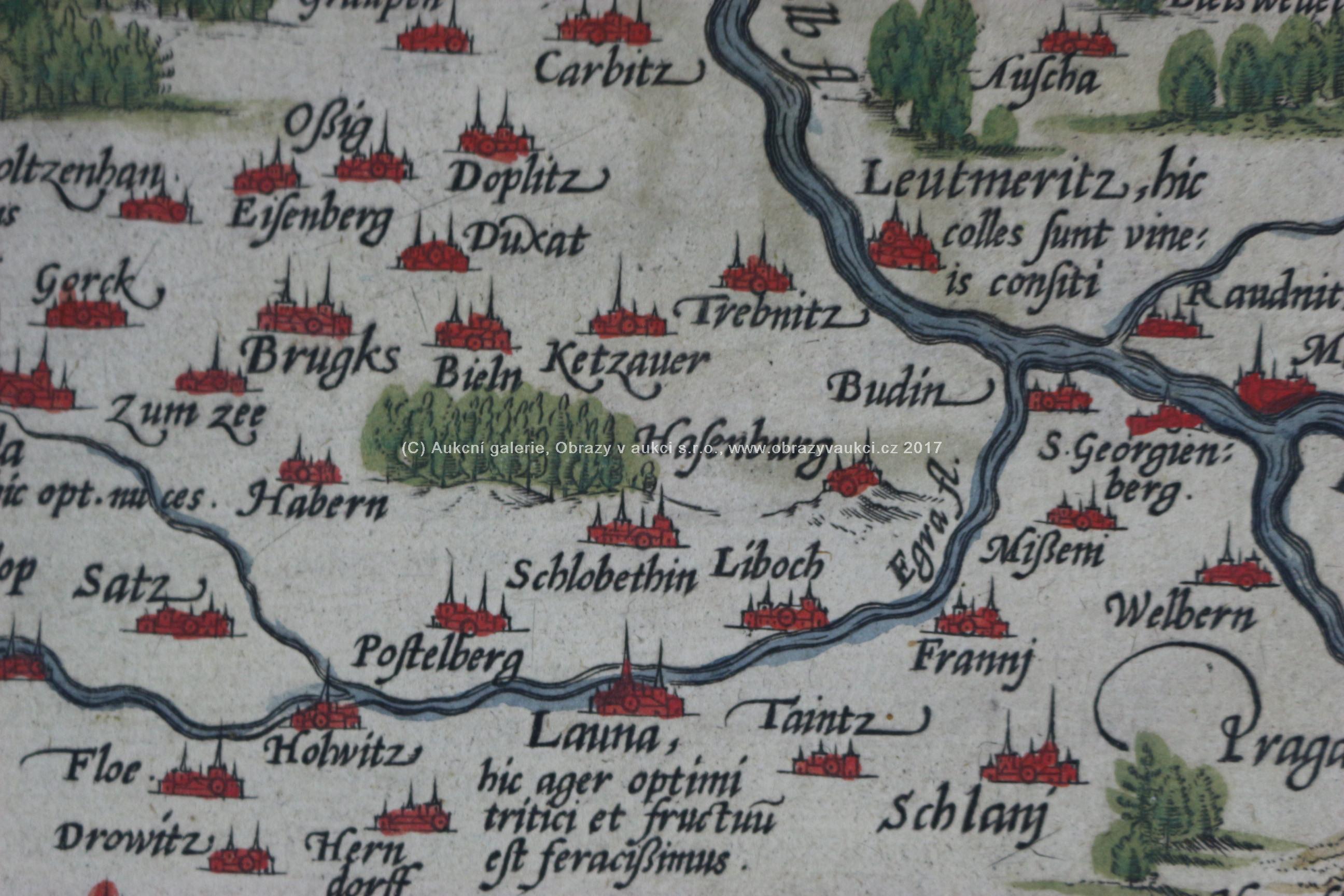

Readers are immediately confronted with four (well, really four and a half-we’ll get to the poor half in a minute) women in varying states of dress. These hand-colored atlases are perpetual favorites when we do rare book show’n’tell sessions, and the intrigue starts right from the title page. Left, the title page from the 1595 Antwerp edition right, the title page from the 1606 London edition.

The Folger has two copies of Ortelius’s Theatrum: a 1595 edition printed in Antwerp and a 1606 edition printed in London. He even credited all of the people whose maps were used! He took existing maps from many known and notable cartographers and used them to fill his Theatrum Orbis Terrarum, which was first printed in Antwerp in 1570. Rather than attempt to create maps of all different parts of the world from scratch, Ortelius crowd-sourced. Nobody until an Antwerp map-colorist and seller 2 named Abraham Ortelius, who is now credited as being the first to put together a modern atlas. While there had been other bound collections of maps before 1570 (notably Ptolemy’s Geographia, which was reprinted with regularity), “nobody had taken the trouble to engrave to a uniform pattern a methodically selected spread of modern maps, and to market them with minimal text as a generically novel product.” 1 Ptolemy’s Geographia (seen here in 1513 Strasbourg edition) was frequently printed. Maps were often large, unwieldy things, designed to be hung on walls, or rolled up and stored in a traveling map cylinder. For people in the 16th and 17th centuries, geography and cartography were rapidly changing and expanding fields, as European knowledge of other parts of the world grew by leaps and bounds. Conventions that we don’t even know are conventions guide our understanding of maps. Many people learn to read and interpret them from an early age. We have them in our phones, on our public transit, on walls and signs everywhere you turn. Ortelius's small Atlas The Epitome published from 1590 ran for many editions and was very popular.Maps, today, are ubiquitous. with many newly prepared maps began to supersede Ortelius' work. Publication reverted to the Plantin Press, under the control of the Moretus brothers, from 1612.Īlthough only the relatively unsuccessful atlases of De Jode and, ultimately, Mercator were published during the sixteenth century life of the Theatrum …, in 1607 Jodocus Hondius's issue of Mercator's Atlas.

Between 16 it was published by Johann Baptist Vrients, who added a variety of fine maps including the very decorative large plates of England and Wales, and of Ireland. Amongst this latter category, the maps added in the 1580's and 90's of the world, the Americas, China, the Pacific, Japan, Peru and Florida, and Iceland are important historically and justly famous.The maps themselves are finely engraved, often very decorative and generally found with text on the reverse.Īfter Ortelius' death in 1598 the atlas continued to be printed and published by the Plantin Press.

Marcel Van Den Broecke, whose fascinating work on Ortelius and his maps is often quoted, estimates that around 7300 complete atlases were published using a total of 234 copperplates, either replacements or reworkings as plates became out-dated, worn, or as new information became available. Over 30 different editions, with text in Latin, French, Dutch, German, Italian, English or Spanish, testify to the popularity and esteem attributed to the work. It was also an immediate commercial success, being reprinted four times in 1570. The atlas achieved instant fame as "the world's first regularly produced atlas" (Skelton), being the first atlas with maps prepared to a uniform format. Having already become probably the greatest cartographic bibliographer of the period, Ortelius was able to prepare 53 map sheets based on the most up-to-date information, which were engraved by Frans Hogenberg, and first published in 1570. At this time, Ortelius also began preparing his greatest project, the Theatrum Orbis Terrarum. From about 1560, possibly as a result of his friendship with Mercator, Ortelius began to produce maps - an eight sheet world map being the earliest.


 0 kommentar(er)
0 kommentar(er)
